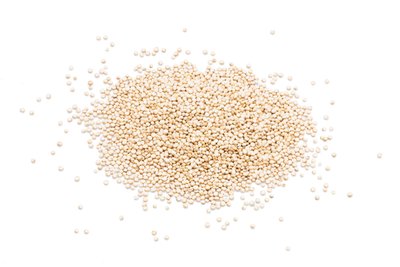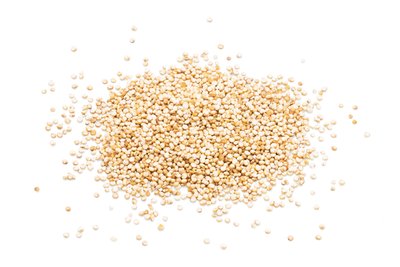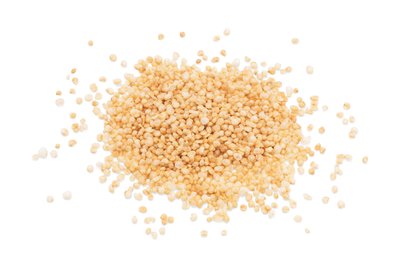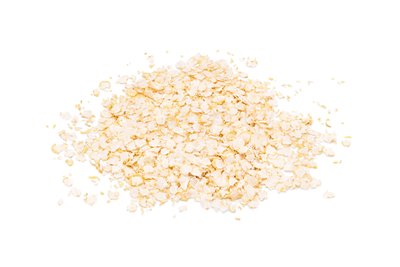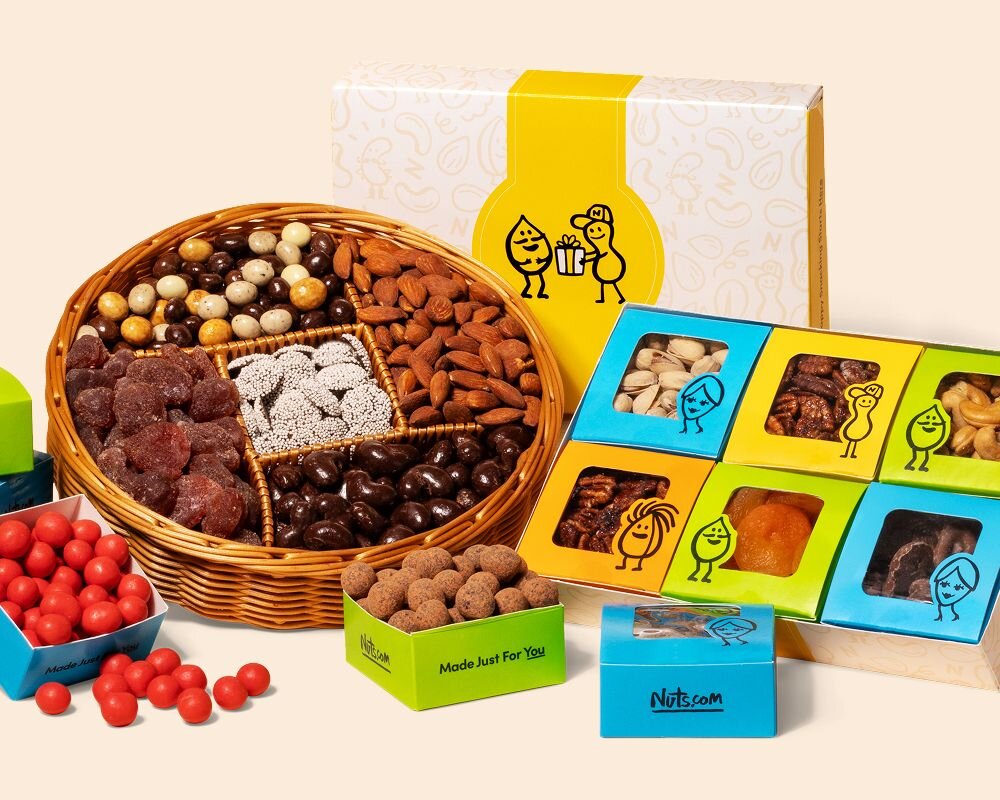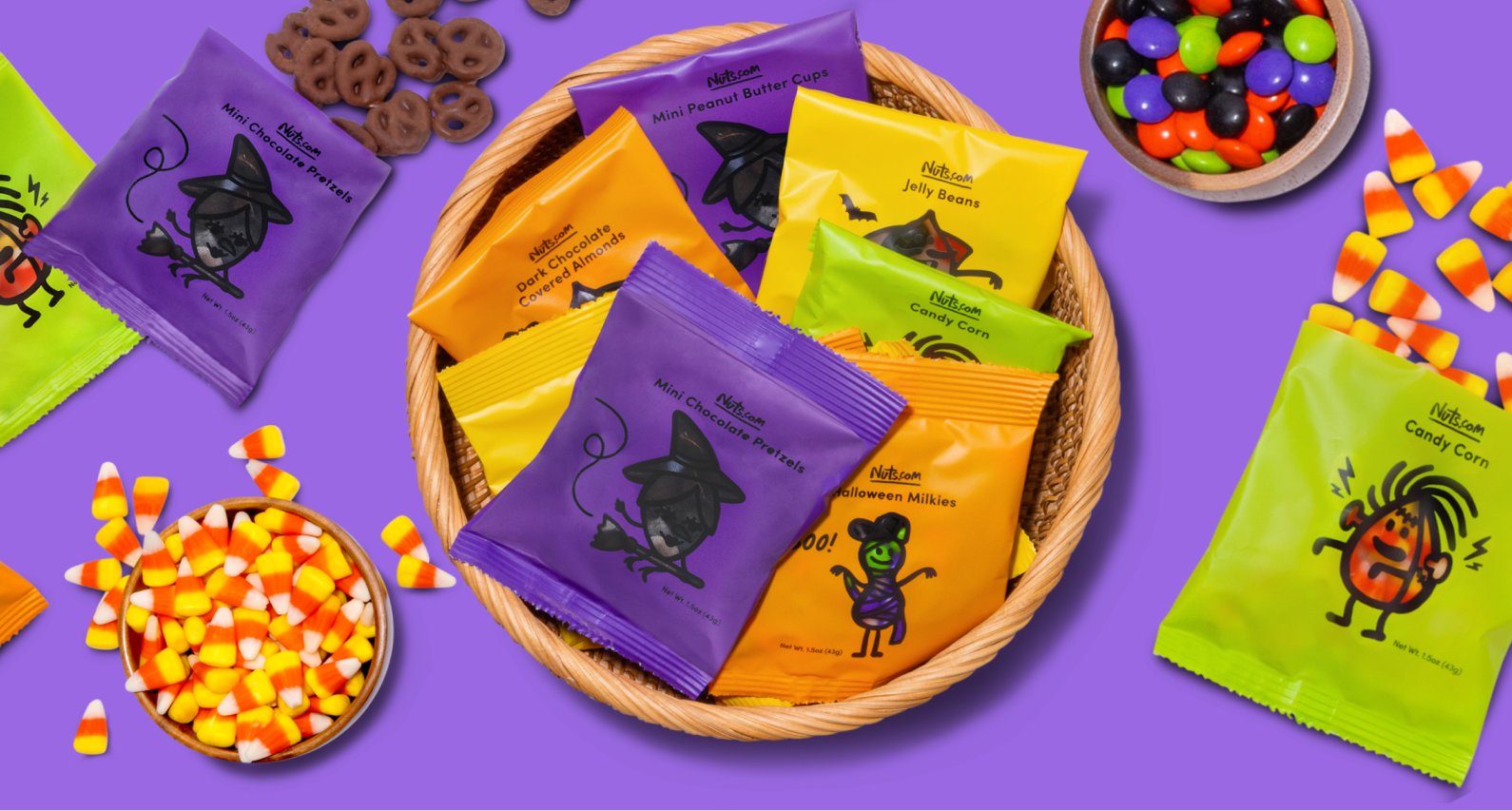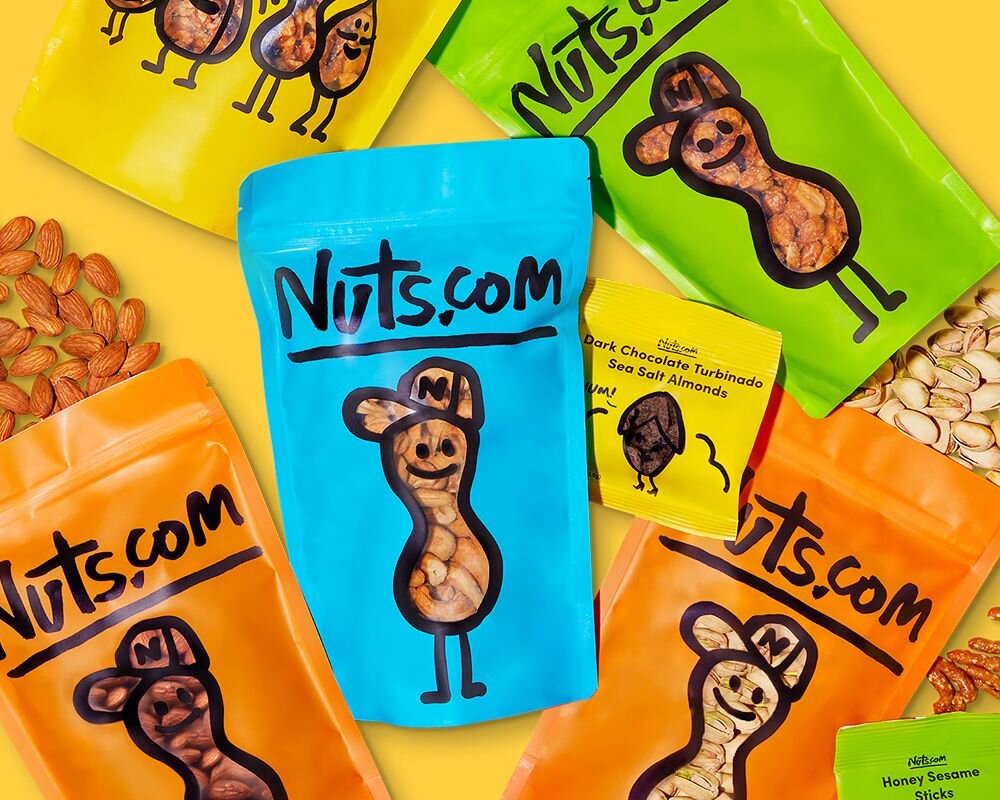Gluten-Free Quinoa
Sort by:
Our commitment to gluten-free products
While we’ve always sold naturally gluten-free products, we’ve gone a step farther to offer an even wider range of trusted, affordable, and certified gluten-free products.
- We analyzed ingredients, vetted suppliers, and got facility certificates ensuring non-contamination of ingredients and production aids.
- We completely segregated our production lines to eliminate any possibility of cross-contamination.
- We established policies and procedures to ensure compliance and randomly test products in our gluten-free production room.
- Not only do we voluntarily comply with USDA federal guidelines, but we’re also certified by the Gluten-Free Certification Organization.
- We show the GF logo on each product page that is gluten-free.
What is Quinoa?
Quinoa is a seed native to the Andes Mountains of Bolivia, Chile, and Peru. Though quinoa means “mother grain” in the Inca language, it is actually more closely related to spinach and beets than to standard grains. Known as a pseudocereal due to its resemblance to cereal grains, this seed is significantly more nutritious than true grains.
There are countless varieties of quinoa, though the three central types are red, white, and black. White is the most common of the three and features a more typical taste and texture, reminiscent of rice or couscous. Red and black varieties are typically heartier than white quinoa with a more pronounced flavor.
Quinoa is naturally coated with a substance known as saponin, which can give the seeds a biting, waxy taste. Our quinoa is rinsed to remove this coating.
Quinoa Uses
Quinoa can be used in nearly any circumstance where grains are typically utilized. The seed can be prepared as a side dish or used as a component in a soup or salad. The rich nutritional value offers a fantastic gluten-free substitute to rice, pasta, and other common staples of a standard diet.
Additionally, quinoa flour can similarly increase the wholesomeness of your baked goods. The flour is also great for making pancakes, tortillas, pastas, and pizza crusts. Adding quinoa to your diet can also help you more easily meet a variety of nutritional needs.
Quinoa Nutrition Facts
Quinoa is a complete protein, meaning it contains an adequate amount of all nine of the essential amino acids needed to support cerebral, immune, renal, and digestive functions. These amino acids are considered essential both because the body relies on them to function and because the body is unable to synthesize these acids naturally such that they must be supplied by an organism’s diet.
In addition to supplying these essential amino acids, quinoa is an abundant in vitamins and minerals, with ¾ of a cup providing zinc (18% DV), folate (19% DV), fiber (21% DV), magnesium (30% DV), phosphorus (40% DV), copper (40% DV), and manganese (50% DV). Additionally, the seeds provide a rich supply of omega-3 fatty acids to enhance immune and cardiovascular functions, among others.
How to Cook Quinoa
Quinoa is easy to prepare and can be made in a matter of minutes:
- Place 2 cups of water per 1 cup of quinoa into a pot
- Bring to a boil and cover
- Let covered pot simmer on low heat for 15 minutes
- Let stand for 5 minutes
- Sift with fork until airy consistency attained
Yield: 1 cup of uncooked quinoa yields 3 cups of cooked quinoa
For added flavor, you can substitute chicken or vegetable broth for water. Alternatively, you can cook quinoa in a standard rice cooker, following the directions given by the cooker and maintaining the 2:1 water to quinoa ratio.
To attain greater flavor and a firmer texture, you can also toast your quinoa in a small skillet with a small amount of cooking oil before cooking it. Simply place 1 tablespoon of oil per 1½ cups of dry quinoa and stir over low to medium-low heat. We recommend toasting for 6 - 8 minutes until the seeds are a golden hue.


